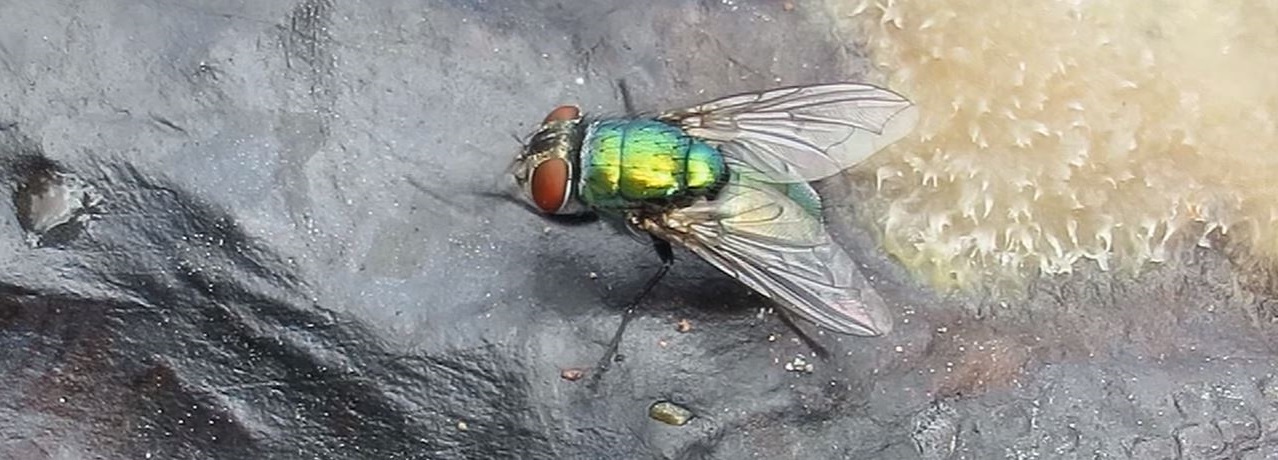WHAT IS THE LIFE CYCLE OF FLIES ON A CARCASS?
Entomologists, scientists who study insects, are finally being celebrated, both on TV and in real life. Their contributions in determining time of death of human remains has put them in the forefront of forensic science. Because the timing of certain insects invading human (and animal) remains, and the precise life cycle that they follow, the scientists are now able to nail down time of death remarkably well.
Flies and other insects quickly find remains, very soon after death. They begin a new life cycle by depositing their eggs in the soft tissues of a corpse. There are usually about 150-300 eggs per clump, and they take only one day from being laid in the carcass and hatch time.

The larvae stages are called instars, and there are three stages of them. The first instar will feed on the fluids being excreted from the carcass, growing from 2mm to 5mm in one day, and then eventually burrowing deep within the body to moult, which takes one more day. The second stage of larval growth, which emerges the next day, is one of maggoty masses of larvae struggling to feed on the corpse, in competition with each other. They will grow from 5mm to about 10mm. The next day, the third instar stage, brings a much larger mass of teeming maggots, which move in “tides.” Their size doubles, from 10mm to 20mm, in preparation for the next stage, that of transformation into an adult fly.
The larvae, at the end of the third instar stage, will move off of the corpse a short way, looking for a spot to burrow in order to change once again. It will not feed during this time, and usually tunnels into the soil close to the carcass. At this point, while changing, it is called a pre-pupa, which, after four days of metamorphosing will be a pupa. During the larval and pupa stages, the maggots do not change much in appearance, other than growing quickly. The pupa will remain inside of its shell, called a puparium, where it will stay for about ten days, emerging as an adult fly. The adult flies mate as soon as they come out of their puparium, and feeds immediately on the body’s fluids, which have leaked out. They will then begin to lay their clumps of eggs, and the whole process starts over, as long as the corpse remains within their realm. These approximations are generally accepted as fact. If the weather is warm, it will speed up the process, whereas if it is chilly, it will slow down the process. The scientists take this into consideration when attempting to determine time of death, and have special calculations to follow in regard to temperature fluctuations.
Read the Pest Wildlife Home Page page for helpful information and to learn more about WHAT IS THE LIFE CYCLE OF FLIES ON A CARCASS?
WHAT IS THE LIFE CYCLE OF FLIES ON A CARCASS?

